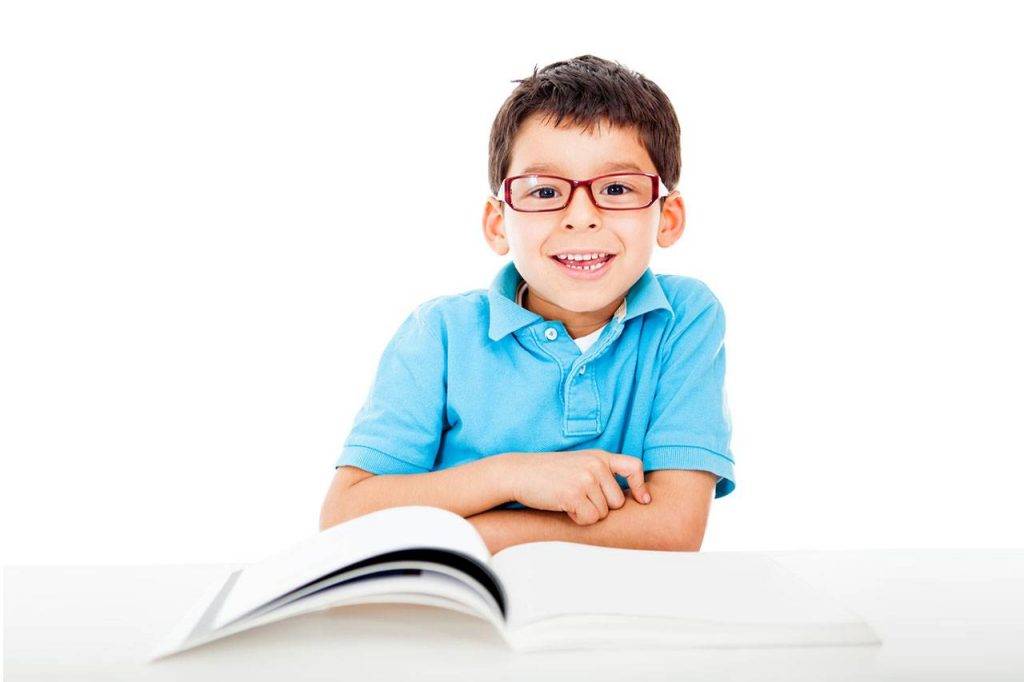Preparing for Back to School

As we say goodbye to summer vacation and schools welcome back students, it's the perfect time to think about all the ways we can set our children up for a successful academic year. While pencils, notebooks and new clothes often dominate the shopping lists, there's another crucial element that's often overlooked: vision.
The Importance of Good Vision in the Classroom
Vision plays a vital role in academic performance. Research shows that approximately 1 in 4 children have an undiagnosed vision problem that could impact their learning experience. Problems like nearsightedness, farsightedness or astigmatism can make it difficult for kids to see the board, read textbooks, or complete assignments efficiently. This can lead to unnecessary frustration, decreased self-esteem and even behavioral issues.
Signs Your Child Might Have Vision Problems
It's important for parents to be aware of the signs that could indicate a vision problem. Look out for:
- Frequent Squinting: If your child squints to see distant objects or seems to have trouble focusing, it might be a sign of a vision issue.
- Headaches or Eye Strain: Complaints of headaches or eye strain, especially after reading or using electronic devices, could be a symptom.
- Difficulty with Schoolwork: Struggling with reading, writing, or other visual tasks can sometimes point to vision problems.
- Avoiding Close Work: If your child is avoiding reading or other tasks that require close focus, it might be worth having their vision checked.
Getting a Comprehensive Eye Exam
A comprehensive eye exam with one of our optometrists can help detect and address vision issues before they impact your child's learning. Unlike a basic vision screening, which only checks for how well your child sees at a distance, a comprehensive exam evaluates the overall health of their eyes and their ability to focus, track and coordinate.
How Good Vision Supports Academic Success
1. Enhanced Focus and Engagement: When children can see clearly, they're more likely to engage with classroom activities, participate in discussions and complete assignments without unnecessary frustration.
2. Improved Reading Skills: Clear vision is essential for reading comprehension. Children who struggle with vision issues might read more slowly or have difficulty understanding what they've read.
3. Better Classroom Behavior: Children who can't see well might act out due to frustration or discomfort. Addressing vision problems can lead to improved behavior and better interactions with peers and teachers.
4. Boosted Confidence: Being able to see clearly helps children feel more confident in their academic abilities and reduces anxiety about schoolwork.
Tips for Maintaining Healthy Vision
To keep your child's vision in top shape throughout the school year, consider the following tips:
- Encourage Regular Eye Exams: Make eye exams a part of your child's annual back-to-school routine.
- Promote Good Visual Habits: Encourage breaks during prolonged reading or screen time to prevent eye strain.
- Maintain Proper Lighting: Ensure that your child has adequate lighting for reading and doing homework.
- Provide a Balanced Diet: Nutrients like vitamin A, C and omega-3 fatty acids support eye health. Include plenty of fruits, vegetables and fish in their diet.
As you prepare for the new school year, remember that ensuring your child has clear vision is just as important as stocking up on school supplies. By prioritizing their eye health, you're not only helping them see better but also setting them up for a more successful and enjoyable school experience. A little foresight and care can make a big difference in their academic journey and overall well-being. So, schedule their eye exam with us, keep an eye out for any signs of vision trouble, and let's make this school year a clear and successful one for every child!
